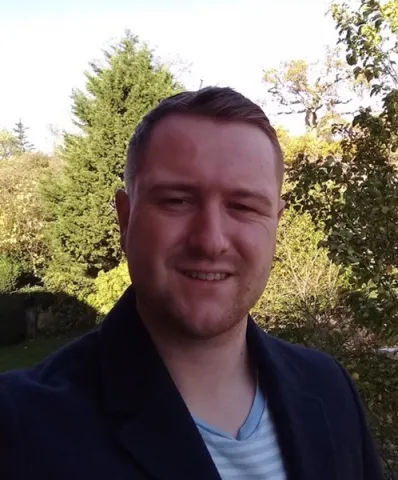About the project
This project aims to develop reduced-order aerodynamic models for non-periodic flows using machine learning methods.
Unpiloted aerial vehicles (UAVs) sometimes encounter external disturbances and make sharp manoeuvres, particularly in urban environments, during their journey. We need new techniques to infer knowledge of the velocity field surrounding a UAV in order to improve its safety and control authority.
The objective of this project is to exploit machine learning and reduced-order modelling techniques that convert limited measurements of an accelerating flow field into a complete estimation of the velocity field. This can be interpreted as a super resolution problem, where high-resolution images are reconstructed from low-resolution images, for non-stationary flows.
Past work has demonstrated that machine learning can reconstruct turbulent flows from fewer than 1% of the full field measurements. Nonetheless, its application has been limited to statistically stationary flows with a well-defined mean (time-averaged flow). Machine learning efforts for non-stationary flows, such as pitching airfoils, are currently limited to estimating forces rather than the entire velocity field.
This project seeks to develop a super resolution framework for the velocity field around a pitching airfoil that can undergo rapid changes in angle of attack at variable pitch rates. The flows will be measured experimentally using time-resolved two-dimensional particle image velocimetry. The super resolution problem will be solved by incrementally increasing the complexity of the flow.
A successful super resolution framework for non-stationary flows has many exciting applications and will open new directions of research in unsteady aerodynamics. If, for example, fixed angle of attack data are sufficient for training even the most violent pitching manoeuvres, then the experimental and simulation requirements for building low-order models of non-stationary flows becomes immensely cheaper. It could also suggest that even more complicated manoeuvres where the airfoil is both pitching and surging (translating back and forth) could be predicted without having to perform significantly more experiments or high-fidelity simulations.
This project will provide valuable insight into the training data required for new types of motions thus focusing computational and experimental data collection. On a practical level, super resolution of non-stationary flows will improve sensing and controllability of UAVs, particularly in urban environments.
